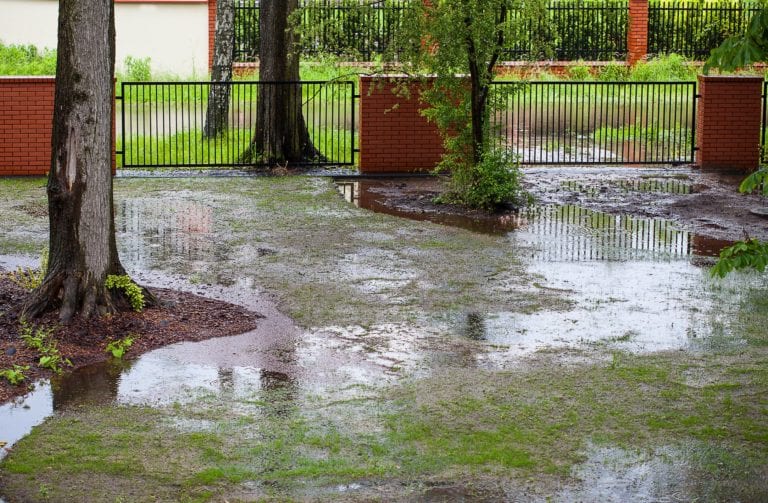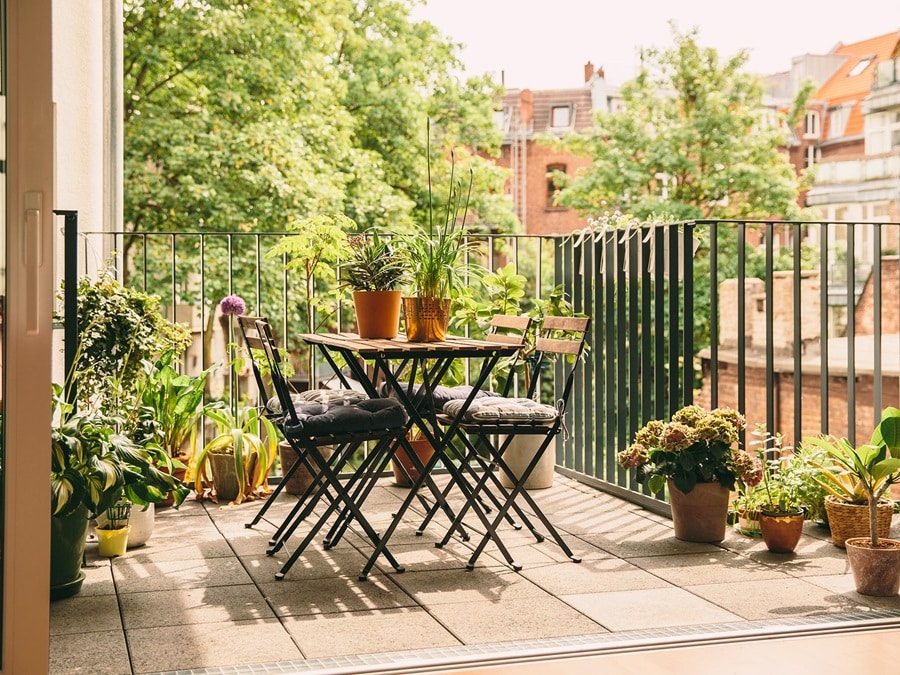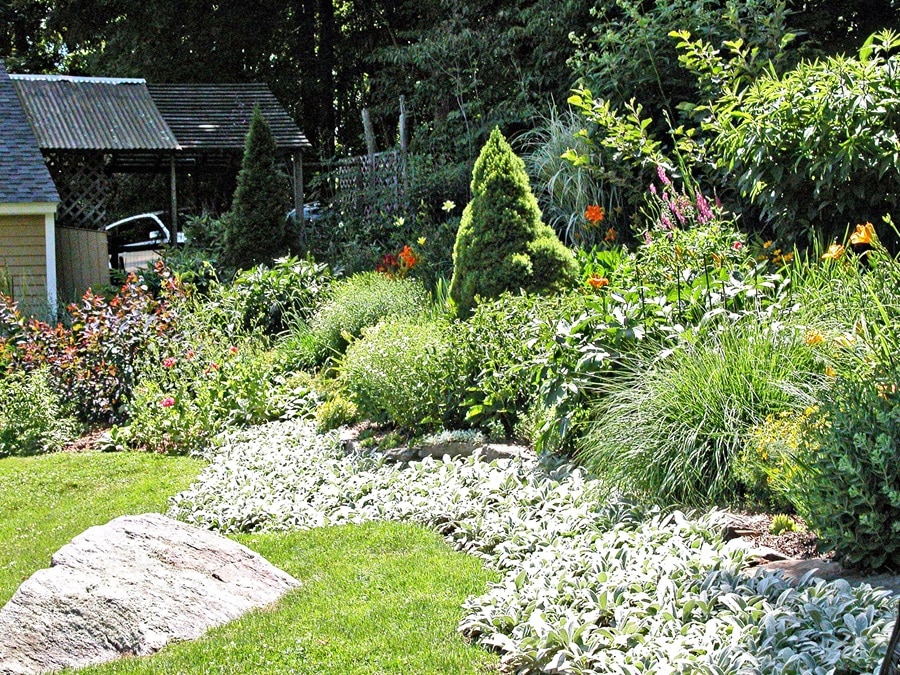Gardening isn’t just a pastime; it’s a journey into cultivating life, yielding both vegetables and joy, health, and satisfaction. For many, the idea of starting a vegetable garden is accompanied by images of sprawling plots and bountiful harvests. However, the essence of gardening is rooted in simplicity and the fundamental connection between earth and eater. This guide demystifies the process, breaking it into manageable steps and ensuring that your first foray into vegetable gardening is successful and enjoyable. Embrace the journey as you transform a simple patch of earth into a thriving garden.
Contents
Understanding Your Space
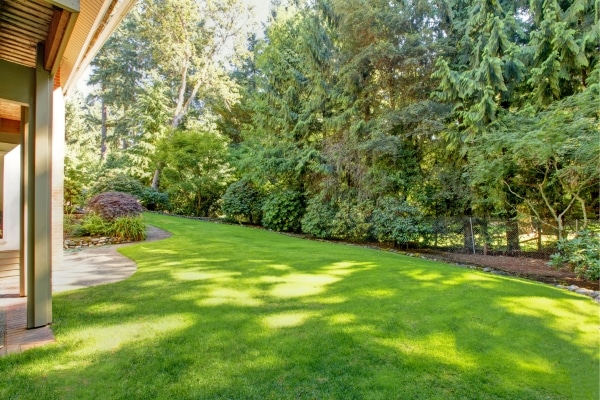
Selecting the right location for your garden is crucial. An ideal spot receives ample sunlight, at least six to eight hours daily. Protection from harsh winds and proximity to a water source are also key factors to consider. The location should cater to the plants’ needs and be convenient for the gardener, encouraging regular visits and care.
Soil quality directly impacts the health and yield of your garden. Beginning gardeners should learn to assess their soil type—sandy, loamy, or clay. Each type has advantages and challenges, but the goal is always to achieve well-draining soil. Amending the soil with compost or organic matter can improve its structure, fertility, and water-holding capacity, laying a solid foundation for a productive garden.
Planning Your Garden Layout
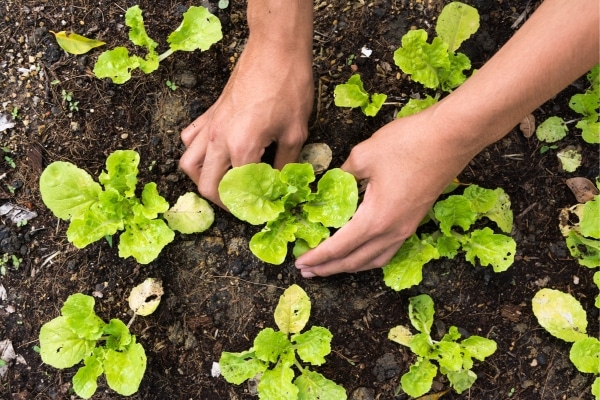
Designing your garden layout is an exciting step that combines creativity with practicality. Raised beds offer excellent drainage and ease of access, containers are perfect for space-constrained areas, and in-ground plots utilize existing soil. Your choice will depend on your space, physical comfort, and aesthetic preferences. Consider starting small to manage it easily and expand as you gain confidence and experience.
Companion planting and crop rotation are ancient practices that modern gardeners still use to maximize space and improve plant health. Planting certain vegetables together can deter pests and enhance growth, while rotating crops yearly help prevent soil depletion and disease. Incorporating these concepts into your garden layout can lead to a more resilient and bountiful garden.
Selecting Your Vegetables
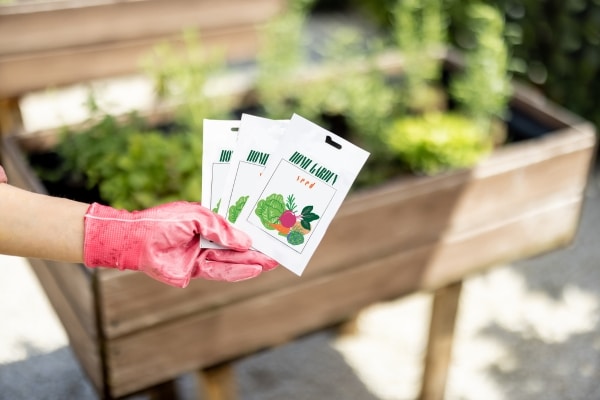
Choosing which vegetables to grow is influenced by personal preference, space, and climate. Beginners should consider starting with vegetables known for being hearty and less prone to disease, such as tomatoes, lettuce, carrots, and green beans. These varieties offer rewarding yields and are forgiving to novice mistakes.
Understanding the planting season is critical for a successful harvest. Vegetables are categorized as cool-season or warm-season crops, each with specific planting times. A seasonal planting guide tailored to your local climate zone can help you schedule your planting to ensure that your vegetables grow under optimal conditions.
Soil Preparation and Improvement

Preparing and improving your soil is a step that cannot be overlooked. Enriching your soil with compost enhances its nutrient content, structure, and moisture retention, creating an ideal environment for vegetable roots to thrive. Gardeners should incorporate generous amounts of organic matter into their soil yearly to maintain fertility.
Testing the soil’s pH is a simple but vital practice. The pH level affects a plant’s ability to absorb nutrients. Most vegetables prefer slightly acidic to neutral soil (pH 6.0-7.0). If your soil is too acidic or alkaline, amendments like lime or sulfur can adjust the pH to an appropriate level, ensuring that your vegetables have the nutrients they need for vigorous growth.
Planting Techniques
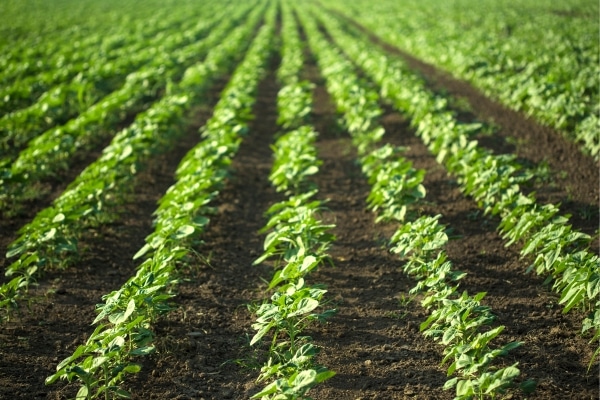
The choice between directly sowing seeds into the garden and starting with transplants depends on the vegetable type and the gardener’s preference. Direct sowing is often easier and less expensive, but starting with transplants can lead to earlier harvests and better success with certain crops. Both methods have their place in the vegetable garden, and understanding their advantages will guide you in making the best choice for each vegetable.
Proper spacing and depth are critical for the health and productivity of your garden. Crowded plants compete for light, water, and nutrients, leading to poor yields and increased disease susceptibility. Each vegetable has specific spacing and depth requirements, detailed on seed packets or gardening guides, ensuring each plant has the resources needed to thrive.
Watering and Fertilization Strategies
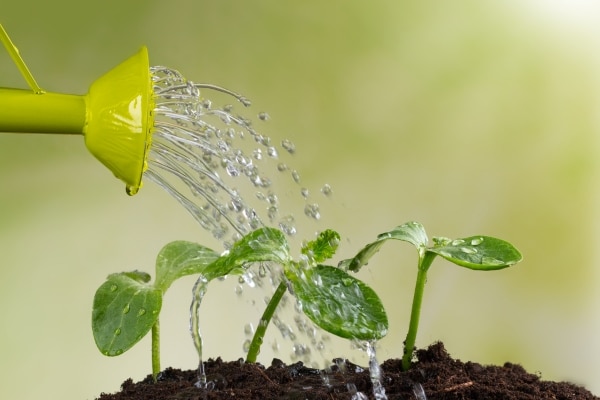
Watering your garden effectively means more than just the water you provide; it’s also about the timing and method. Early morning watering allows the soil to absorb moisture before the day’s heat, reducing evaporation. Deep, infrequent watering encourages deep root growth, vital for plant health and drought resistance.
Fertilization is another key to a productive garden, but it doesn’t have to mean chemical inputs. Organic options like compost, manure, or commercially available organic fertilizers can give your plants the nutrients they need in a slow-release form that’s gentle on plants and beneficial for the soil ecosystem. These natural fertilizers not only nourish your plants but also improve soil structure, water retention, and microbial life, contributing to the overall health of your garden over time.
Pest and Disease Management
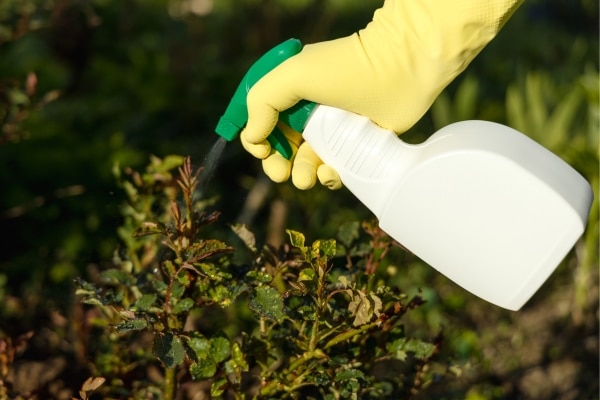
Dealing with pests and diseases organically is both an art and a science. Prevention is the first defense; healthy plants are less likely to succumb to pests and diseases. Strategies such as crop rotation, proper spacing for air circulation, and using disease-resistant plant varieties can significantly reduce the risk of problems.
When pests appear, identifying them correctly is the first step in managing them. Many organic solutions can be highly effective, from introducing beneficial insects that prey on harmful pests to applying natural deterrents like neem oil. Similarly, diseases can often be managed by removing and destroying affected plant parts and employing natural fungicides. Emphasizing natural methods helps maintain a balanced ecosystem in your garden.
Harvesting and Storage Tips
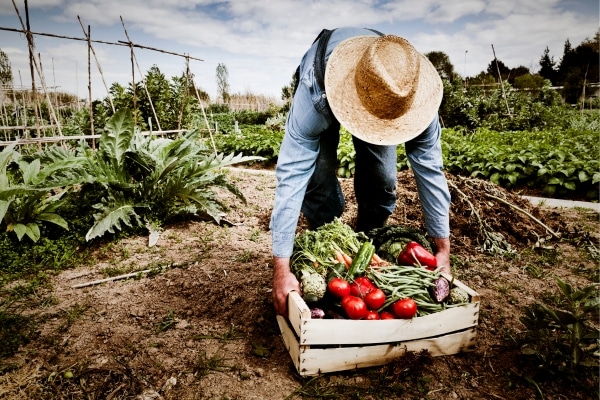
Knowing when to harvest is key to enjoying the fruits of your labor at their peak of flavor and nutrition. Each vegetable has its signs of ripeness; for example, tomatoes should be fully colored and slightly soft, while carrots can be harvested when they reach the desired size. Regular harvesting often encourages plants to produce more, extending your harvest season.
Proper storage maximizes the shelf life of your vegetables, allowing you to enjoy them long after the growing season has ended. Cool, dark, and well-ventilated spaces are ideal for storing root vegetables, while leafy greens do best in a refrigerator’s humidity. Learning the best storage methods for each type of vegetable ensures that you waste less and enjoy more of what you grow.
Final Thoughts
Embarking on your first vegetable garden is a learning, discovery, and satisfaction journey. By understanding your space, carefully planning your garden, and nurturing your plants with attention to their needs, you can create a thriving garden that provides fresh, nutritious produce. Remember, gardening is a process, and each season brings new opportunities to grow and improve. With the foundations in this guide, you are well-equipped to start your gardening adventure, cultivating not just vegetables but a deeper connection to the food you eat and the earth that sustains you.
